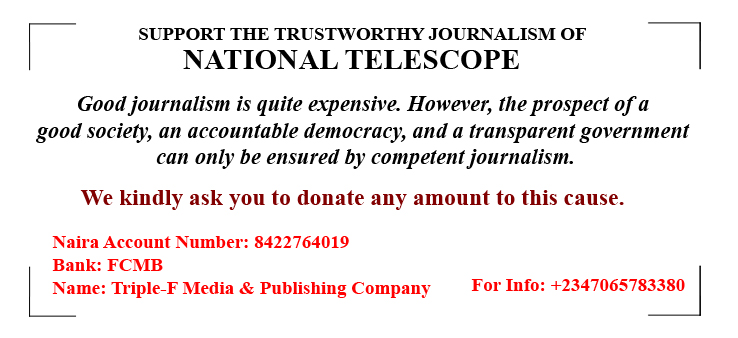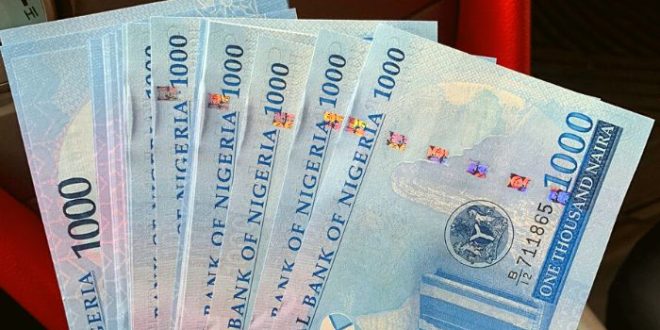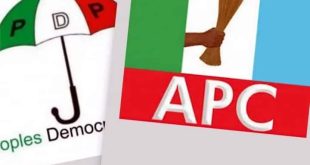On Friday, the Central Bank of Nigeria (CBN) released fresh guidelines for the sale of foreign exchange by the Bureau De Change operators, popularly known as BDCs. As expected, many Nigerians began to share their opinion about the matter, and I also got into the business of looking at what the data says.
After analysing the numbers, I came to one conclusion; the naira will appreciate on the return of BDCs, and dramatically so. At least, that’s what history teaches. Let me walk you through the numbers.
In January 2016, at a time when the naira was trading at N197 to the dollars at the interbank window, BDCs were selling the same anywhere between 230 to 250. Godwin Emefiele, the governor of the Central Bank of Nigeria (CBN) at the time, did not like the “gap of greed”, and made the decision with his team to cut the flow of official forex to BDCs.

“We have continued to observe that stakeholders in some of the subsectors have not been helpful in this direction. In particular, we have noted with grave concern that Bureau de Change (BDC) operators have abandoned the original objective of their establishment, which was to serve retail end users who need US$5,000 or less,” Emefiele said in 2016.
Immediately after this was done, the naira started depreciating dramatically. On the same day the announcement was made, the naira fell from 230/250 per dollar to as low as 282 to the greenback — hitting a 43-year-low.
By August — eight months from the BDC cut — the naira was now trading at 400 per dollar. By February 2017, a year after the CBN’s decision, the naira hit 520 at the parallel market to the dollar.
After the continuous depreciation of the naira, the CBN changed its policies and decided to reintroduce the sale of forex to BDCs. It sold forex to BDCs weekly at 360 to the dollar and instructed them to sell at N363. Like magic, the naira appreciated from 520 to 363 in a matter of weeks.
By 2021, CBN hit the brakes again, and said no more forex to BDCs, this time around, Emefiele said the BDCs had become money laundering agents. After the announcement, the naira began a free fall at the parallel market, moving from 520 to 705 to the dollar in one year after the policy change.
Looking at this data simplistically, you will say selling dollars to BDCs strengthens the naira. While that is the case, what really strengthens the naira is the availability of forex.
Prior to the BDC ban in 2016, the CBN sold $60,000 worth of foreign exchange to each BDC operator every week. This totalled $8.6 billion per year. Another way to look at it is to say CBN was willing to sacrifice $8.6 billion to keep the naira stable.
When the bank saw that this was not sustainable, they reduced the sale to $20,000 a week, and subsequently $10,000 a week. $10,000 a week to BDCs amounted to approximately $1.5 billion a year.
With the return of BDCs, the naira is naturally expected to get stronger, as BDCs will sell at 2.5% more than the rate CBN sells to them. For instance, if the CBN sells dollar to BDCs at yesterday’s rate of N761.79/$1. BDCs are mandated to sell it to Nigerians at about N780 per dollar.
This will mean appreciation of the naira from about 872 at the parallel market yesterday to 780 before the weekend. But to keep the rates below N800 per dollar, the CBN will have to burn through its forex reserves. Selling $10,000 to 5,687 BDCs per week translates to $56.87 million per week, and about $3 billion per year.
If CBN sells $20,000 to BDCs as it has previously done, then we may burn through $3 billion in six months.
This means, selling forex to BDCs will gulp all of the $3 billion the NNPC Limited got from Afriexim bank in just one year — if nothing else is done with the fund. That’s the cost of strengthening the naira through the BDCs.
All of my analysis does not take our new JP Morgan problem into account. On Monday, a JP Morgan research document, prepared for “the exclusive use” of a forex trader at Rand Merchant Bank made its way to the public. The document claimed that “based on partial information” from CBN audited accounts, JP Morgan estimates that CBN’s net FX reserves were around US$3.7bn — not $37 billion published by CBN at the end of 2022.
The global investment bank added that it made “a few assumptions which if incorrect would substantially change the picture”. But the damage has been done. Nigerians, investors, exporters, potential investors, and anyone interested in the forex market have likely come to the conclusion that CBN does not have the financial muscle to fund the BDCs, hence, the stability of the naira may remain a mirage.
The points the CBN was looking to score by funding BDCs may now be well out of the window — until CBN can prove JP Morgan’s assumptions to be wrong. If not, $3.7 billion as the FX reserves of Africa’s biggest economy is a Mayday situation.
(The Cable)
 National Telescope national telescope newspaper
National Telescope national telescope newspaper



